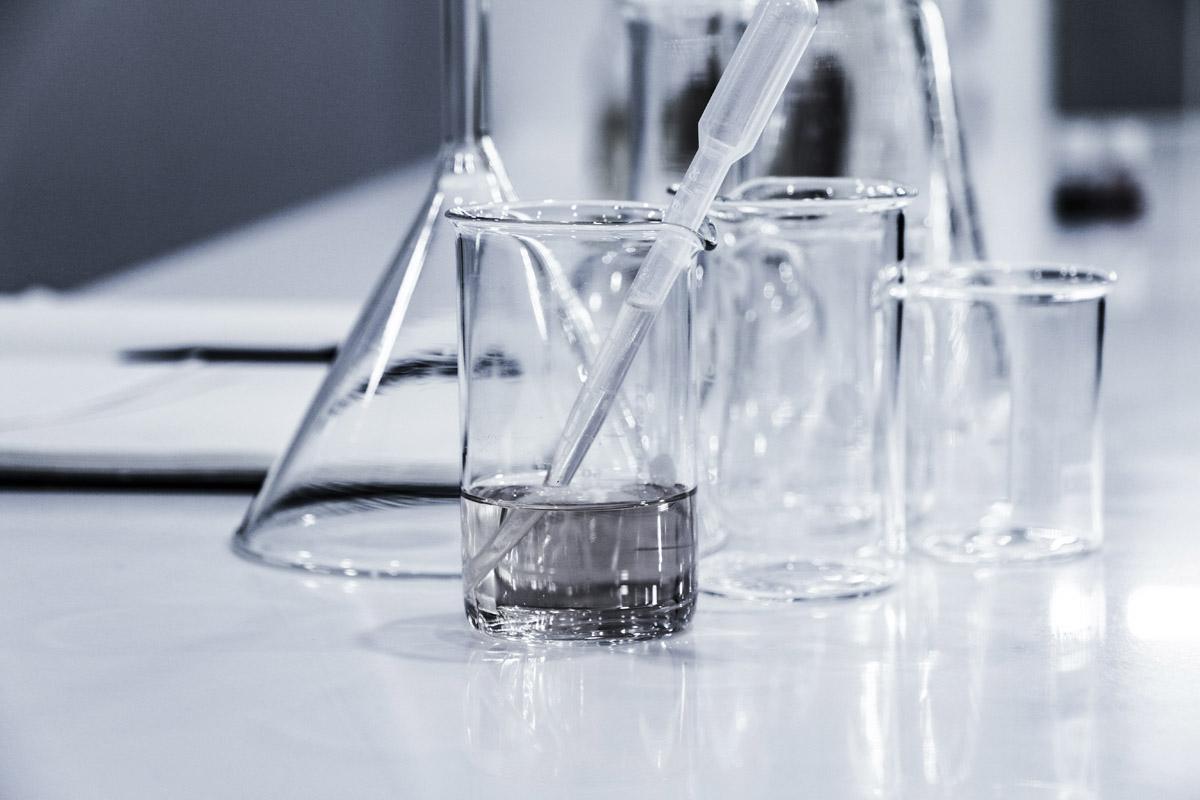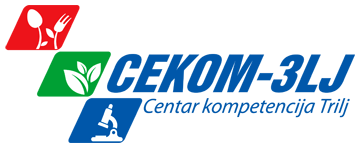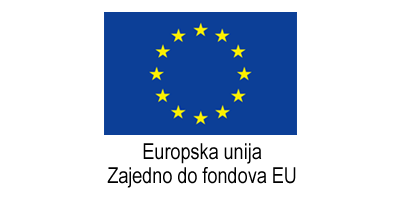Objavljen znanstveni članak u sklopu CEKOM 3LJ projekta
 Hans Reniers / Unsplash
Hans Reniers / Unsplash
U znanstvenom časopisu Plants objavljen je znanstveni članak koji je nastao kao rezultat projektnih aktivnosti CEKOM 3LJ, a u suradnji projektnog partnera Kemijsko-tehnološkog fakulteta u Splitu i Prehrambeno-tehnološkog fakulteta u Osijeku. Znanstveni članak se osvrće na mogućnosti ekstrakcije ciljanih tvari iz kadulje. Na izradi članka sudjelovali su Martina Jakovljević Kovač, mag. nutr., prof. dr. sc. Stela Jokić i izv. prof. dr. sc. Maja Molnar (Osijek) te prof. dr. sc. Igor Jerković (trajno zvanje; Split).
Jakovljević, M.; Jokić, S.; Molnar, M.; Jerković, I.
Application of Deep Eutectic Solvents for the Extraction of Carnosic Acid and Carnosol from Sage (Salvia officinalis L.) with Response Surface Methodology Optimization
Plants 2021, 10, 80.
Sažetak članka (na engleskom jeziku)
Abstract: Salvia officinalis L. is a good source of antioxidant compounds such as phenolic diterpenes carnosic acid and carnosol. From 17 deep eutectic solvents (DESs) used, choline chloride: lactic acid (1:2 molar ratio) was found to be the most suitable for the extraction of targeted compounds. The influence of H2O content, extraction time, and temperature (for stirring and heating and for ultrasound-assisted extraction (UAE)), H2O content, extraction time, and vibration speed for mechanochemical extraction on the content of targeted compounds were investigated.
Carnosic acid content obtained by the extraction assisted by stirring and heating was from 2.55 ± 0.04 to 14.43 ± 0.28 µg mg−1, for UAE it was from 1.62 ± 0.29 to 14.00 ± 0.02 µg mg−1, and for mechanochemical extraction the yield was from 1.80 ± 0.02 to 8.26 ± 0.45 µg mg−1. Determined carnosol content was in the range 0.81 ± 0.01 to 4.83 ± 0.09 µg mg−1 for the extraction with stirring and for UAE it was from 0.56 ± 0.02 to 4.18 ± 0.05 µg mg−1, and for mechanochemical extraction the yield was from 0.57 ± 0.11 to 2.01 ± 0.16 µg mg−1.
Optimal extraction conditions determined by response surface methodology (RSM) were in accordance with experimentally demonstrated values. In comparison with previously published or own results using conventional solvents or supercritical CO2, used DES provided more efficient extraction of both targeted compounds.
Keywords: sage; optimization; stirring and heating extraction; ultrasound-assisted extraction; mechanochemical extraction
Preuzeto s mdpi.com








